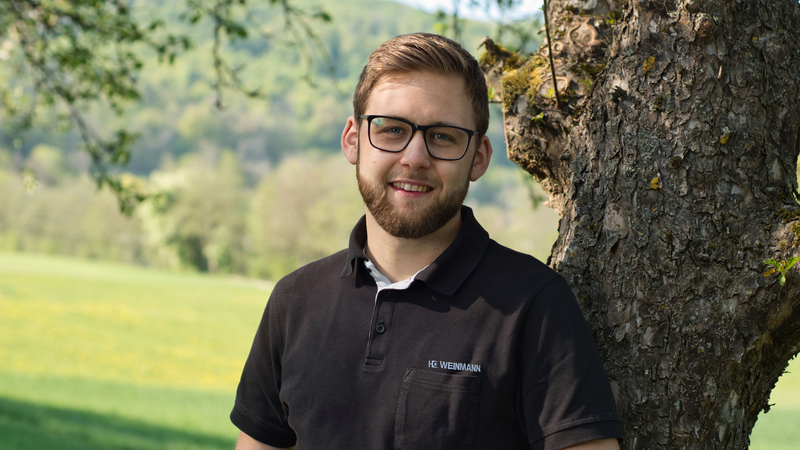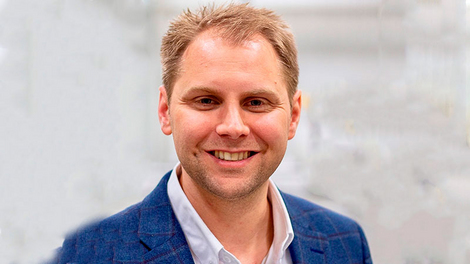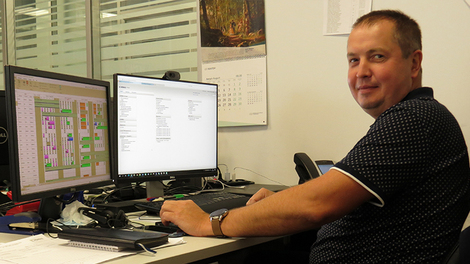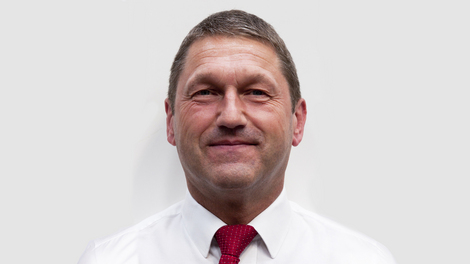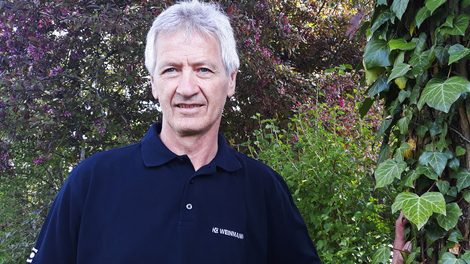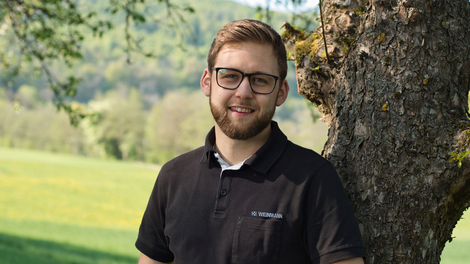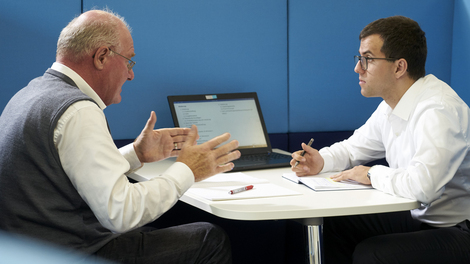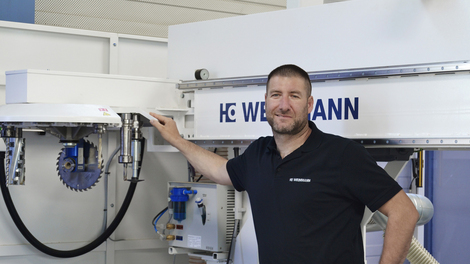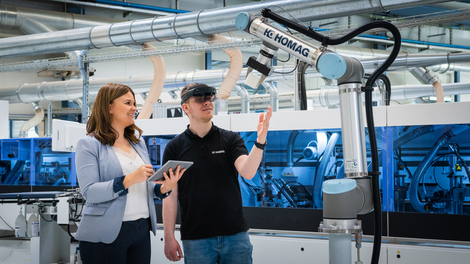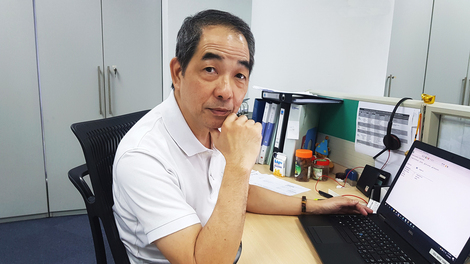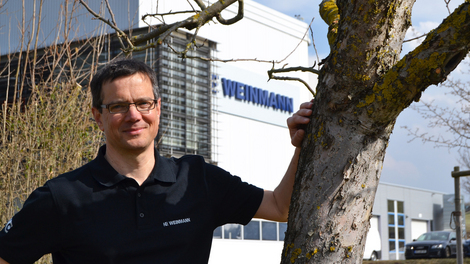Portrait of an employee: Maximilian Gaus
Starting as a trainee electronic technician, now as a commissioning engineer, Maximilian Gaus is responsible for multifunction bridges. After completing his training to become a technician, he will soon be supporting the area of control system technology for cells and plants as a designer.
You have been working at WEINMANN for nine years. Give us a brief insight into your work.
After completing my training as an electronic technician for operational equipment in 2014, I have been working as a commissioning engineer in multifunction bridges. I spend a lot of time on site at our customers' premises. On the one hand, that's very stressful because you travel a lot and spend a lot of time alone, but on the other hand you learn a lot in a short time. I really enjoy it. And at WEINMANN, we have the opportunity to travel to a wide variety of countries—from Sweden to Australia and across the whole of Europe—almost everywhere. I find it all very exciting. In Australia, I spent around one month on site with our customer. That enabled me to learn a lot about the different requirements. And now I have a new challenge — I am just in the process of finishing my training to become a technician and will then move to control technology for cells and plants. I am already looking forward to the new task.
Why do you enjoy working with multifunction bridges so much?
The switch to the area of multifunction bridges came about coincidentally. Back then I didn't know how interesting it is to build bridges. There is so much know-how involved with the machines, it's fascinating. We reflect the respective customer requirements and set the machines to meet these requirements. There are a lot of variations — whether due to country-specific properties or individual work processes. That makes the tasks very demanding and the work is never boring. And it's hard to believe, but the first WEINMANN multifunction bridges are still partially in use today. I was impressed on one of my visits to a customer's premises when I saw that the customer has been using their multifunction bridge for more than 20 years. And of course, our fully automated systems are also fascinating, as can be seen at our customer Lindbäcks, for example. It's impressive to see at the end how such a big system is actually used in production.
What is important to you in your work?
During my training I have always been supported by WEINMANN. For me, it was clear that once I had completed my training to become a technician, I wanted to stay at WEINMANN. The collaboration with colleagues and the working environment are just great — that's really important to me. The willingness to help is evident across the entire company and that's a really great mentality. What's more, because I've been there a long time, I know the processes and products well. My future responsibilities as a designer also offer a wide range of tasks, from drawing the wiring diagrams to programming PLC and CNC. That's really interesting. You only get the opportunity to work in all of these areas in a few companies. And I can visit customers at the construction site at any time — I like that!
In your opinion, what will be important in the future?
Our bridge is a success product and that's evident in the wide range of purposes it is used for. It offers all sorts of opportunities, starting with stapling, trimming, insulating or gluing. We must always continue to expand and develop this potential further. The area of digitalization will also continue to grow in importance. There are already a lot of opportunities today — for example, machine statuses and maintenance can be called up online. The digital tools offer an enormous added value and will also be the future. It's important, therefore, that we continue to be active here.
However, in all the developments and growth, in my opinion it's particularly important that WEINMANN does not forget its roots and maintains its familial character, because that's what makes WEINMANN what it is.

